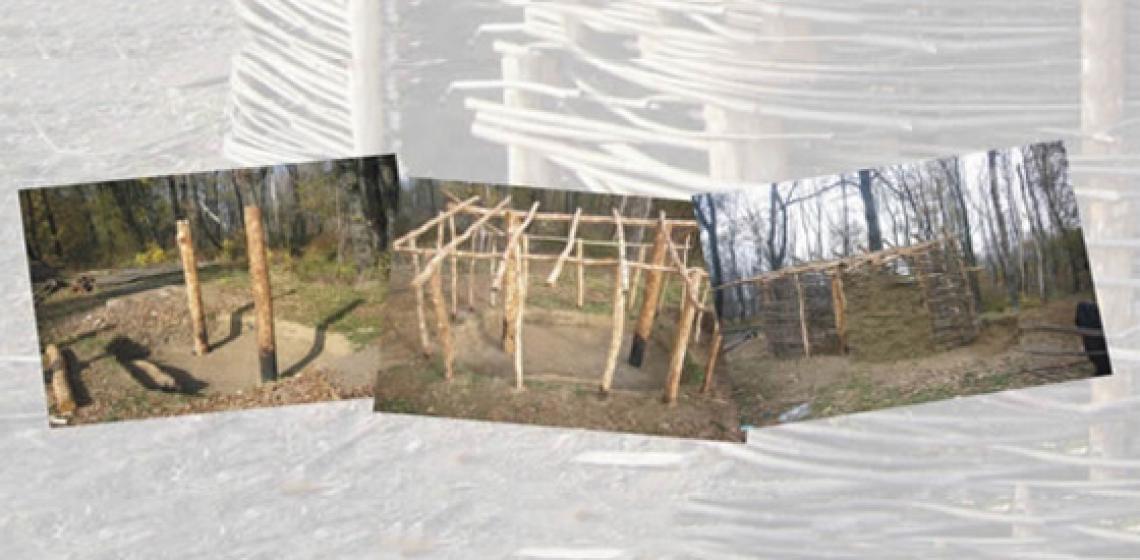Arheoparc USAIC (RO)

“An Ancient Space Within the Contemporary Frame of Mind (Bragadiru, Ilfov)” started in September 2008, as a students’ initiative under the scientific guidance of Alexandru Vulpe (Head of the Archaeological Institute of Bucharest „Vasile Parvan” – Romanian Academy).
The mother organisation is the association of archaeology and history students in Romania (“Asociatia Studentilor la Arheologie si Istorie din Romania - A.S.A.I.R.”) which has 4 branches, in Bucharest, Cluj-Napoca, Constanta and Timisoara. Their goal is to organise and support scientific activities, research in archaeology and history, to develop international relations and diplomatic studies, as well as to protect patrimonial and museal values. Members are both MA and Ph.D students.
The reconstruction project tries to observe several aspects of the Iron Age Geto-Dacian period (2nd century BC – 1st century AD): on the one hand, those concerning the architecture of the buildings and, on the other hand, those regarding ancient technology.
The project aims at being a museum with a double function: on the one hand, the intent is to create an open air section, with experimental archaeology activities, and on the other hand, the idea is to have a museum capable of ensuring optimal conditions for depositing and displaying artefacts.
The archaeological park comprises of 5 structures (2 dwellings, 2 workshops and a sanctuary). The two dwellings are represented by a two-room house with a porch, discovered at Popesti – Argedava (Giurgiu county) and a hovel discovered at Catelul Nou (Ilfov county).
The experiments in pottery and metalworking will be held in the two workshops (pottery and smithy), which are based on those discovered at Pecica – Ziridava (Arad county) and Gradistea de Munte – Sarmizegetusa Regia (Hunedoara county).
The sanctuary, also discovered at Popesti – Argedava (Giurgiu county), is the centrepiece of the ensemble, an 18 m by 12 m structure, with an unique architecture for this particular space and time. Apart from the sanctuary, all of the other have been almost completed, the only things that remain being the interior and hearths, kilns and other such installations.
As soon as the park obtain the legal status of a museum, it will open to visitors. So far, visitors include the team of colleagues, professors and volunteers. However, the park can be visited by the public during legal holidays or at the weekend, as it is located in a public space; sometimes the number of the visitors (or interested parties) can reach several thousands. The first concern was the architectonic reconstruction of the buildings including measuring time, material and effort needed to build them and estimating resistance of the materials and connections. IN 2010, two workshops have been put into operation (a smithy and pottery) leading to research and experiments into kiln building, making pottery and the evolution of it as well as experiments in metals like cold and hot processing, using techniques like forging, perforation, retouching establishing the differences of making the Geto-Dacian tools and weapons in comparison to the Roman ones and finally also using both the ceramics and metal objects (tools & weapons).
